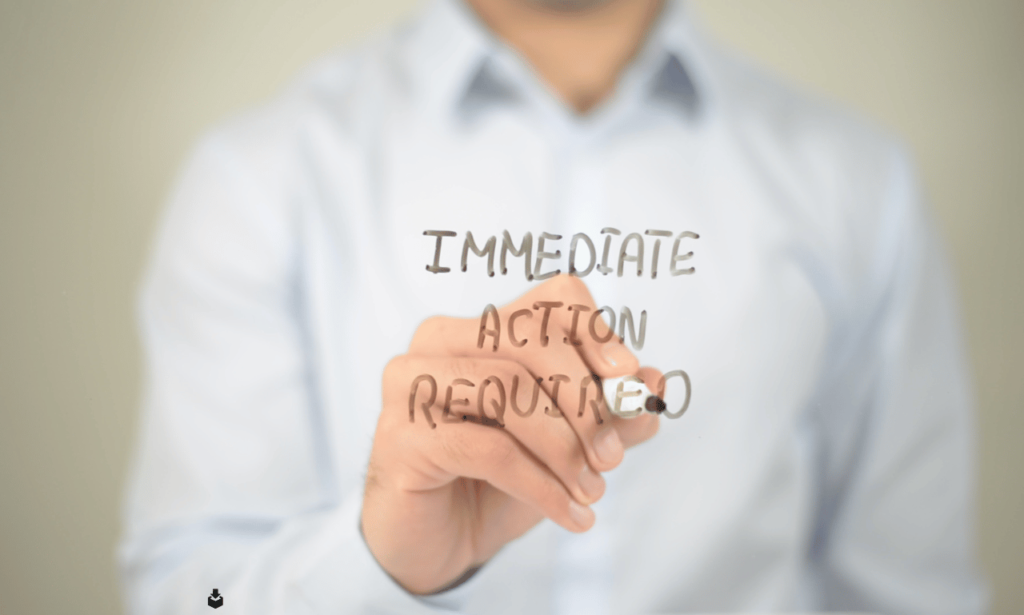Introduction
Flooding can be one of the most devastating natural disasters, causing significant damage to homes and properties. Whether due to heavy rains, river overflow, or storm surges, the aftermath of a flood requires immediate and effective repair efforts. This comprehensive guide provides a step-by-step approach to emergency flood repair, offering insights into the necessary actions to take, repairs to perform, and precautions to ensure safety and long-term recovery.
Understanding Flood Damage
Floods come in various forms, each with its own set of challenges. Flash floods occur rapidly, often with little warning, while river floods develop more slowly over time. Storm surges can result from hurricanes or severe storms, causing coastal flooding. The damage caused by floods can range from structural issues, such as weakened foundations and walls, to electrical and plumbing problems. Understanding the types of flood damage helps in planning an effective repair strategy.

Immediate Actions to Take After a Flood
The first step after a flood is to ensure the safety of all individuals. Assessing the structural integrity of the building is crucial to avoid collapse or further injury. Avoid any contact with standing water, especially if electrical hazards are present. Contact emergency services if necessary and notify your insurance company to start the claims process. Documenting the damage through photographs or videos will aid in filing an accurate insurance claim.
Initial Assessment and Containment
Begin by evaluating the extent of the damage. Identify areas where water has entered and determine the severity of the impact on different parts of the property. Address any immediate safety hazards, such as unstable structures or exposed electrical wires. To prevent further water intrusion, use sandbags, temporary barriers, or other methods to contain the floodwater.
Water Extraction and Drying
Efficient water extraction is essential to prevent further damage and reduce the risk of mold growth. Use appropriate equipment such as pumps for large volumes of water and vacuums for smaller areas. After extraction, employ dehumidifiers and fans to thoroughly dry out affected spaces. Aim to complete the drying process within 24 to 48 hours to mitigate mold and mildew growth.
Structural Repairs
Assessing and repairing structural damage is a critical aspect of flood recovery. Check for issues with the foundation, walls, and floors, and address any weaknesses or distortions. Common problems include warped wood, weakened foundations, and damaged drywall. Depending on the severity, you may need to hire a professional contractor for repairs or undertake DIY fixes if feasible.

Electrical and Plumbing Repairs
Handling electrical systems after a flood requires caution. Ensure that the power is turned off before inspecting or repairing any electrical components. Replace damaged wiring, outlets, and appliances as needed. For plumbing, check for leaks, blockages, or damage to pipes and fixtures. Repair or replace affected components to restore proper functionality.
Cleaning and Disinfecting
Cleaning and disinfecting affected areas is crucial to prevent health hazards. Remove contaminated materials, such as carpets and drywall, and properly dispose of them. Clean surfaces with appropriate disinfectants to eliminate bacteria and mold. Pay special attention to areas that came into direct contact with floodwater.
Dealing with Mold and Mildew
Mold and mildew can develop quickly in damp environments. Look for signs such as musty odors, visible mold growth, and discoloration. Use mold removal techniques, including cleaning with anti-microbial agents and improving ventilation. For extensive mold issues, consider hiring a professional mold remediation specialist to ensure thorough removal.
Restoring Personal Belongings
Assess the condition of personal belongings affected by the flood. For items such as furniture and electronics, determine whether they can be cleaned and restored or if they need replacement. Cleaning and restoration may involve specialized services for delicate or valuable items. Make decisions based on the extent of the damage and the feasibility of repairs.
Insurance and Financial Considerations
Navigating the insurance claims process is an important step in flood recovery. Review your policy to understand coverage for flood damage and contact your insurance company to file a claim. Keep detailed records of expenses related to repairs and temporary accommodations. Explore financial assistance programs or resources available for flood repair to help manage costs.
Long-Term Prevention and Preparedness
To reduce the risk of future flooding, consider implementing flood resilience measures. Elevate utilities, such as HVAC systems and electrical panels, to protect them from future floods. Waterproofing measures, such as sealing foundation cracks and installing sump pumps, can also help. Develop a flood preparedness plan, including emergency contacts and evacuation routes, and stay informed about community resources and support.
Case Studies and Real-Life Examples
Examining case studies of successful flood repairs can provide valuable insights. Learn from real-life examples where property owners effectively managed flood damage and implemented successful repair strategies. These case studies highlight best practices and lessons learned that can be applied to similar situations.
Conclusion
Effective emergency flood repair involves timely action, thorough assessment, and careful restoration. By following the outlined steps and seeking professional assistance when needed, you can mitigate the impact of flooding and restore your property. Preparedness and resilience are key to managing the aftermath of a flood and reducing the risk of future damage.

